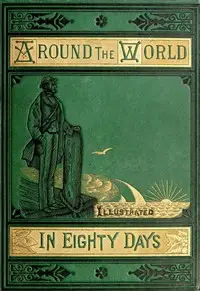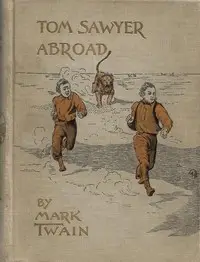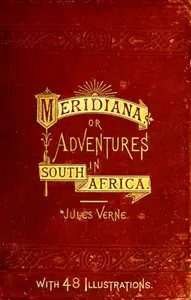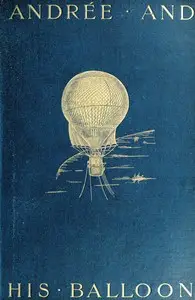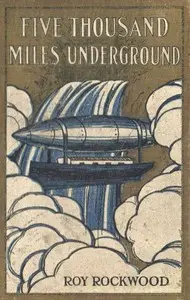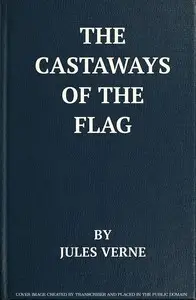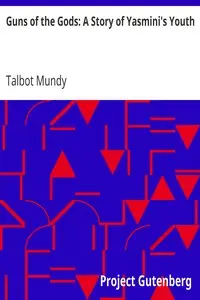"Five Weeks in a Balloon" by Jules Verne is an adventure novel set in the 19th century, capturing the period's fascination with exploration. The story centers on Dr. Samuel Ferguson, an adventurous explorer who plans to cross Africa from east to west using a balloon. The novel blends adventure, humor, and elements of science fiction to provide an amusing commentary on the travel narratives of the time. The book begins with Dr. Ferguson presenting his daring proposal to the Royal Geographical Society. The initial chapters introduce Ferguson's previous explorations, his close relationship with the seasoned hunter Dick Kennedy, and their preparations for the unbelievable journey. Ferguson is portrayed as a brilliant but quirky character, passionately defending his idea against the skepticism of his colleagues. The relationship between the ever-positive Joe, their devoted servant, and the wary Kennedy creates both companionship and suspense as they embark on a journey promising both spectacle and discovery.
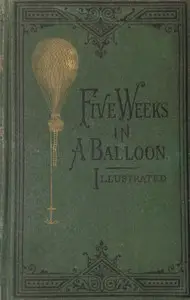
Five Weeks in a Balloon Or, Journeys and Discoveries in Africa by Three Englishmen
By Jules Verne
Embark on a fantastic voyage across Africa with a daring scientist, his skeptical companion, and a loyal servant in a balloon, facing unknown dangers and incredible sights along the way.
Summary
About the AuthorJules Gabriel Verne was a French novelist, poet, and playwright. His collaboration with the publisher Pierre-Jules Hetzel led to the creation of the Voyages extraordinaires, a series of bestselling adventure novels including Journey to the Center of the Earth (1864), Twenty Thousand Leagues Under the Seas (1870), and Around the World in Eighty Days (1872). His novels, always well-researched according to the scientific knowledge then available, are generally set in the second half of the 19th century, taking into account the technological advances of the time.
Jules Gabriel Verne was a French novelist, poet, and playwright. His collaboration with the publisher Pierre-Jules Hetzel led to the creation of the Voyages extraordinaires, a series of bestselling adventure novels including Journey to the Center of the Earth (1864), Twenty Thousand Leagues Under the Seas (1870), and Around the World in Eighty Days (1872). His novels, always well-researched according to the scientific knowledge then available, are generally set in the second half of the 19th century, taking into account the technological advances of the time.

